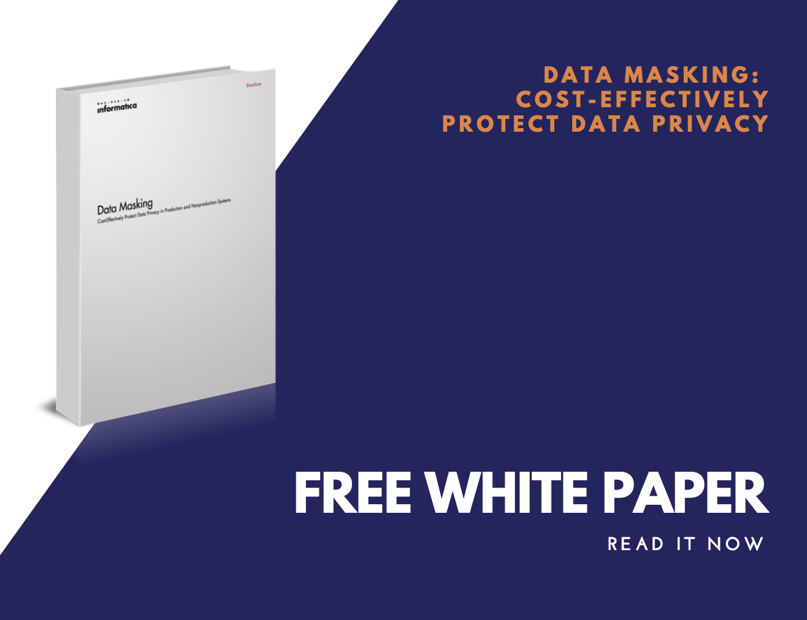
Do you ever think back on projects and think about how you’d do them differently? Everyone does. Sometimes it’s rethinking the planning or softer aspects of a project. Other times it involves rethinking how you might have solved a problem if only you had a capability back then that is commonplace today.
One of those capabilities is Change Data Capture. I would have architected many a system differently if only I had CDC available to me. Not only does CDC save data compared to pulling all the data and comparing against previous data to look for additions, changes or deletions, but CDC also puts less stress on the network, processing resources, and storage requirements. The ability to only move the data that needs to be moved, without needing to change the applications themselves, is extremely powerful.
There is a similar killer capability now available in the security arena: dynamic masking. As the GDPR deadline looms and companies everywhere debate how to comply and what data falls within its purview, dynamic masking offers a singular silver bullet: the ability to mask data as it moves through your network, without modifying your underlying applications and the ways in which they talk with each other.
You identify what data needs to be masked, and Informatica Dynamic Masking monitors for that data, intercepts the message, alters/masks the specified field(s), and allow the message to continue to its destination.
All this is done without needing to alter the applications, which continue to operate normally. To me, this is similar to the Change Data Capture capability that allowed us to capture data creations, changes and deletes without altering the underlying data schema when there weren’t accurate creation and change dates. Dynamic Masking has that same kind of non-invasive capability (yet isn’t masking by its very definition “invasive” 😉).


Posted by PDI Marketing Team
Pacific Data Integrators Offers Unique Data Solutions Leveraging AI/ML, Large Language Models (Open AI: GPT-4, Meta: Llama2, Databricks: Dolly), Cloud, Data Management and Analytics Technologies, Helping Leading Organizations Solve Their Critical Business Challenges, Drive Data Driven Insights, Improve Decision-Making, and Achieve Business Objectives.




